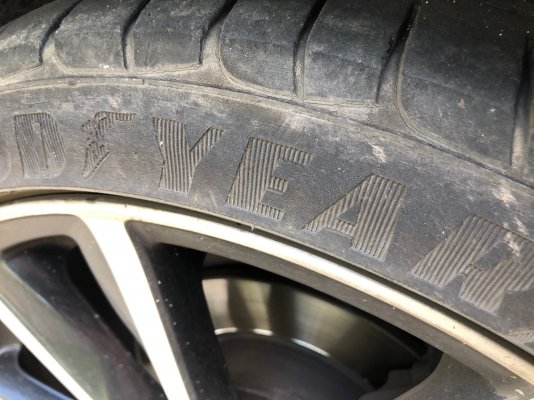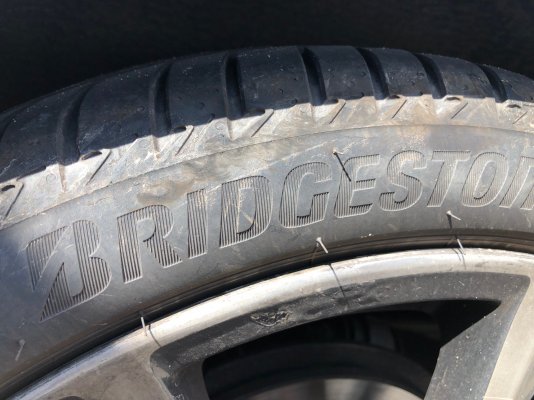I accept.
Now I got a pair of used tires from a pal, 255 45 17, put them on our old v6, at that point I had begginer's knowledge about tires, and vehicles in general, this was in my teens when I first got my learner's license. On a moderately rainy day on an incline I had to brake hard at (if I recall accurately) 60 MPH, the rear gave out and I did a 360 degree spin in to the other lane. God bless as fate shall have it, I made it out alive.
Points to Consider:
1. Yes we can check and gauge the thread life
2. How can you tell whether the rubber quality is good enough for the motorway?
3. What check can you perform for the sidewall strength? And how Long will this sidewall last?
4. In this current used condition what is the wet tire traction rating?
5. What is braking distance in dry and wet conditions?
6. How do you know the steel ply construction will hold this tire in shape and for how long?
7. Another critical component the tire valve as well, which should be new, regardless
8. Mixing off road, all season, all terrain, eco, and sport compounds will not have any consequences? How can you assure this?
Credible source backing this up:
By Courtney Titus Brooks, Director, Government Relations

www.ustires.org
P. S: When you can answer the aforementioned questions, and back it up by using credible authoritative sources get back to me.




